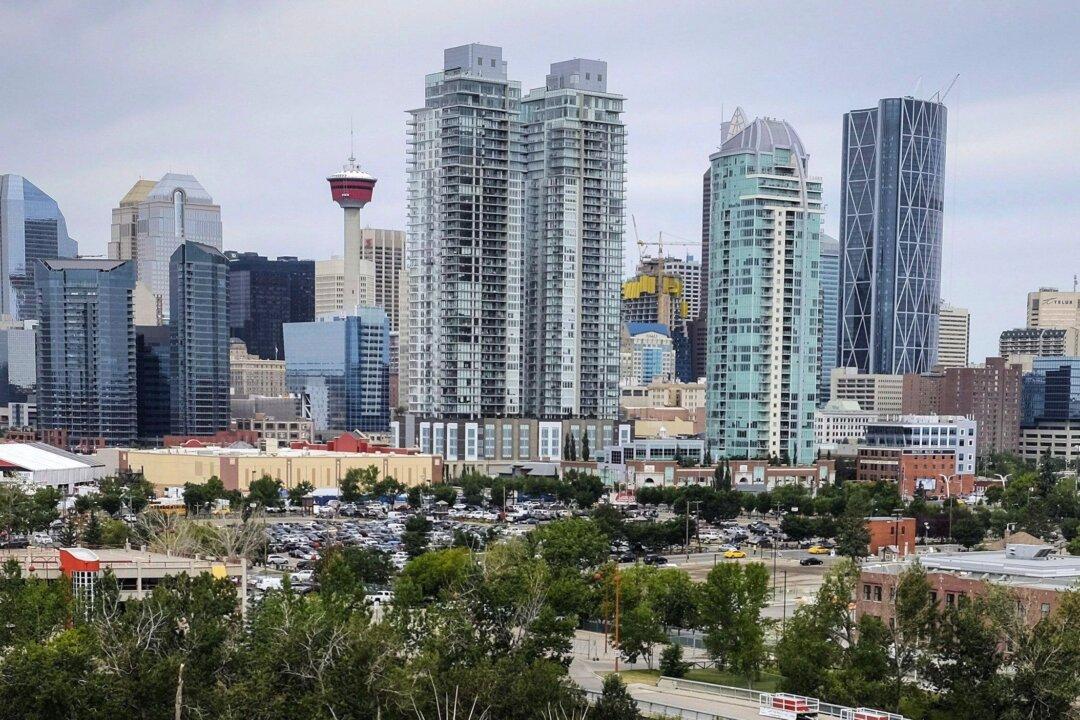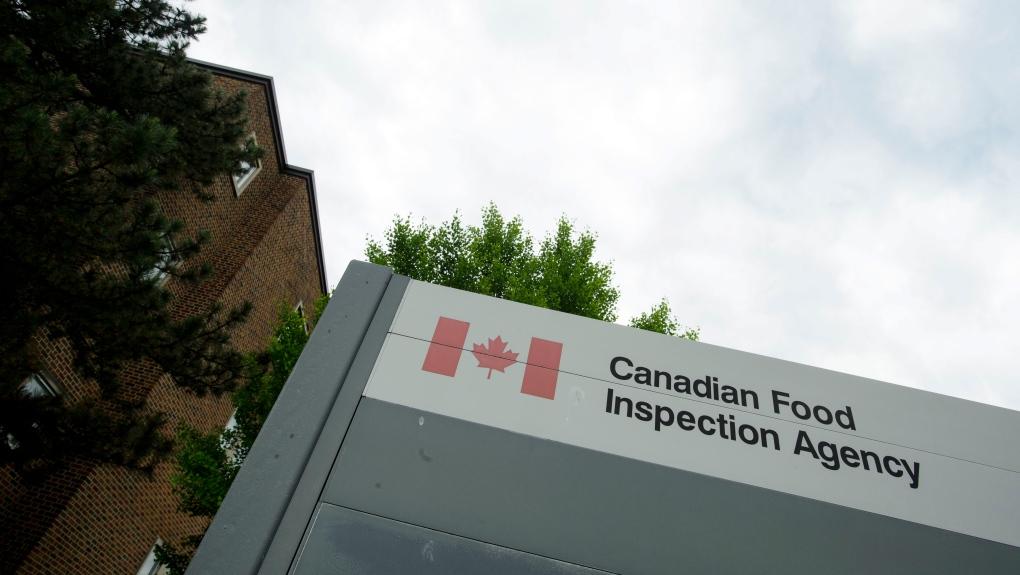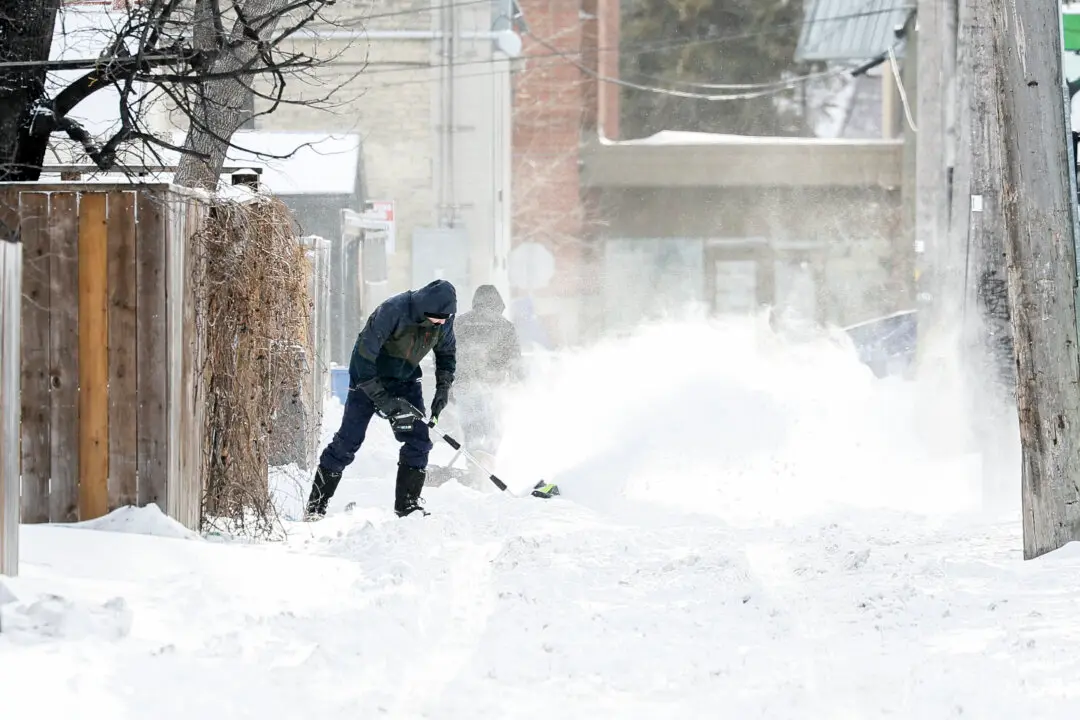Alberta’s largest city has brought in some outdoor water restrictions due to record low flows in the Bow and Elbow rivers that supply it and other downstream communities across the Prairies.
Under Calgary’s Water Utility Bylaw, restrictions can be put in place to conserve water in times of shortage.





